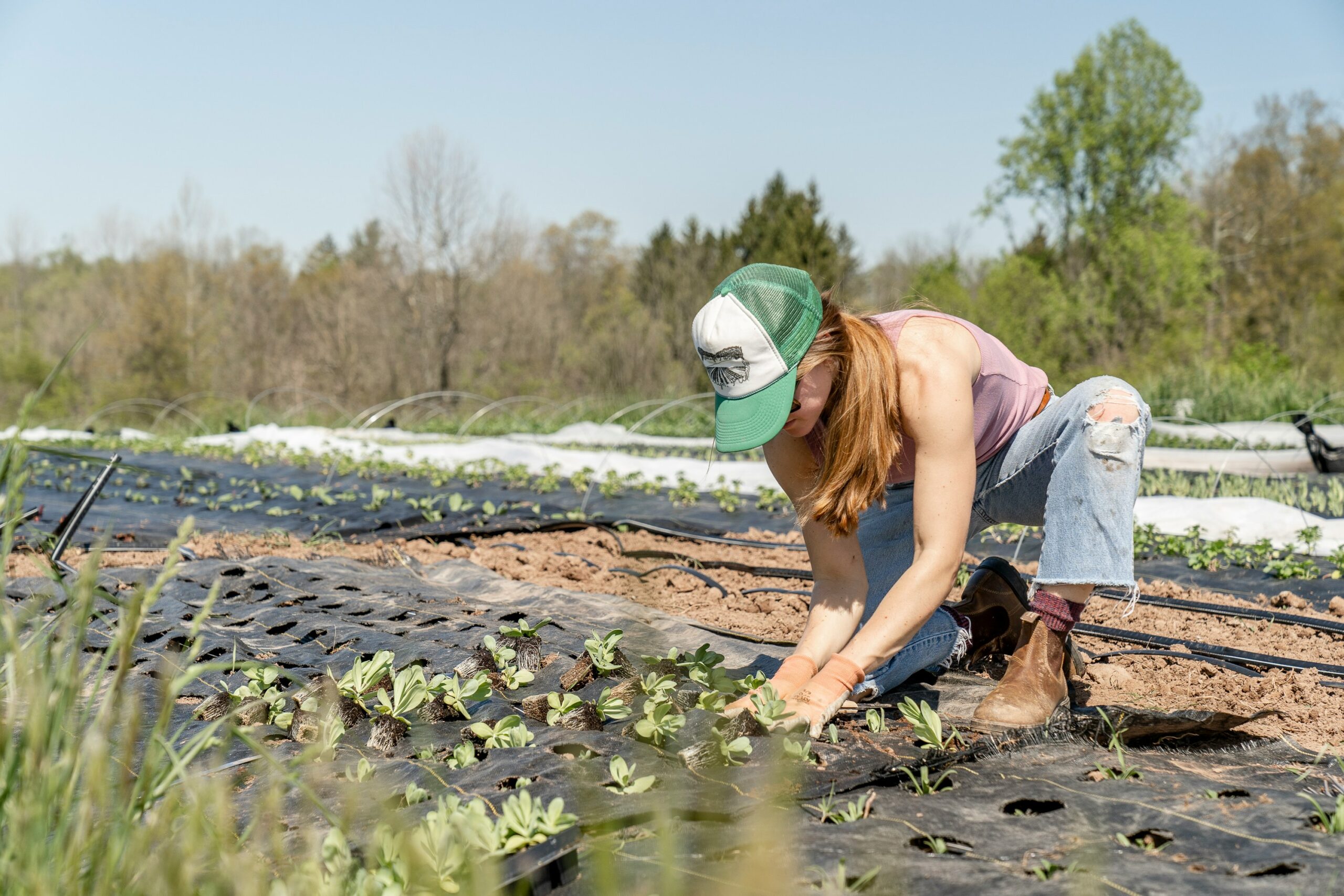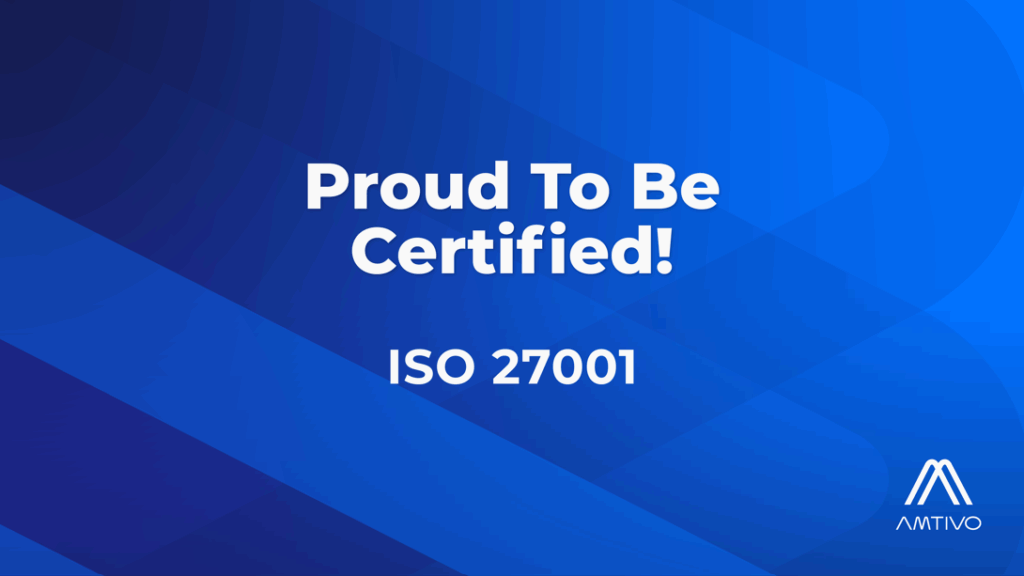Colorado Agricultural Heat Safety Regulations

Ensuring Worker Protection During High Temperatures
In Colorado, the Agricultural Labor Rights and Responsibilities Act (ALRRA) and the Agricultural Labor Conditions Rules (7 CCR 1103-15) establish comprehensive safety standards to protect agricultural workers from the dangers of heat-related illnesses. These rules offer strong protections and lay out what employers need to do to keep workers safe in high heat, like following heat precautions, providing proper safety gear, and respecting workers' rights.
When Heat Precautions Apply
Employers must evaluate daily conditions to decide when it’s necessary to implement heat safety measures. Basic heat precautions are required when the worksite temperature reaches 80°F (26.6°C) or higher, whether outdoors or indoors. Additional precautions are necessary under “increased risk conditions,” such as:
- Temperatures of 95°F (35°C) or higher.
- Poor air quality (as determined by the Colorado Department of Public Health and Environment).
- Long workdays exceeding 12 hours.
- Heavy clothing or personal protective equipment (PPE) that hinders heat dissipation.
- New or returning employees in their first four days of work.
Employers must monitor conditions daily using reliable forecasts or onsite measurements and adjust their plans as temperatures change. If conditions make compliance unsafe or impossible, employers must adopt equivalent protective measures and then document their reasons.

Basic Heat Precautions
For temperatures of 80°F (26.6°C) or higher, employers must provide workers with adequate shade, clean drinking water, and preventative cool-down rest periods. Shaded areas must be located near worksites (within 0.25 miles) and be large enough for workers to sit comfortably without crowding. If shade cannot be safely provided, alternatives such as air-conditioned spaces or personal cooling devices must be offered.
Employers need to provide at least 32 ounces (946 ml) of clean, drinking water per hour for each worker, kept at 60°F (15.5°C) or cooler. This can be done using a tap or fountain, or by storing water in a fridge, cooler, or shaded area. If the water starts to warm up, it should be cooled again, by adding ice, or replaced. For mobile workers, portable water containers or purification equipment must be provided, and water must be replenished regularly.
Workers experiencing overheating must be allowed additional cool-down rest periods, be monitored for symptoms of heat illness, and returned to work only after symptoms have subsided.
Additional Precautions for Increased Risk Conditions
When temperatures exceed 95°F (35°C) or other risk factors apply, employers must increase worker protections. Workers must not perform more than two hours of labor without a 10-minute rest break. These breaks can be incorporated into existing rest or meal breaks, but must be observed strictly.
Employers must notify workers of their rights to additional heat protections before each shift. Notification must include details on access to water, shade, and rest periods and must be provided in the worker's first language.
Worker health must be actively monitored, using methods such as buddy systems, supervisor observations, or frequent check-ins, such as those offered by an employee safety monitoring app, for those working alone. Employers need to ensure that in an emergency employees have the ability to request medical help right away in a manner that provides all the necessary details like contact information and directions to the worker's location.
Employers must respond quickly to any signs of heat-related illness, contacting emergency services if symptoms are severe.

Ongoing Employer Obligations
Annual heat safety training is required for all employees, including supervisors, covering risk factors, acclimatization, first aid, and site-specific safety protocols. Training must be provided in the workers' first language.
Employers must maintain reliable communication systems, such as radios, phones or lone worker apps, allowing workers to report heat illnesses or request immediate assistance. Emergency response plans must be in place, designating individuals responsible for contacting emergency services and ensuring workers receive immediate care in the event of a heat-related emergency.
Workers can combine regular check-ins, panic buttons, and worker-down features within an employee safety monitoring app. These apps can be downloaded directly to a smartphone, eliminating the need for staff to carry additional devices. Packed with safety features like GPS locations and timed activity check-ins, these apps, like Ok Alone, provide an extra layer of protection for staff who need it most.
Conclusion
Colorado’s agricultural heat safety regulations focus on keeping workers safe in high temperatures by requiring practical steps like providing shade, plenty of cool and clean drinking water, regular rest breaks, and having emergency plans in place. These rules help employers create safer workplaces where workers can avoid the dangers of heat-related illnesses. By following these straightforward guidelines, employers can protect their teams, keep everyone healthy, and meet state requirements at the same time. It’s all about making sure workers stay safe and comfortable while on the job, even in extreme heat.
For official documentation from Colorado Department of Labor and Employment see:
Book a Demo Today
Alternatively, get a free trial of the app
Want to try OK Alone? Click the button below and enter your details. It's free and no credit card is required.





